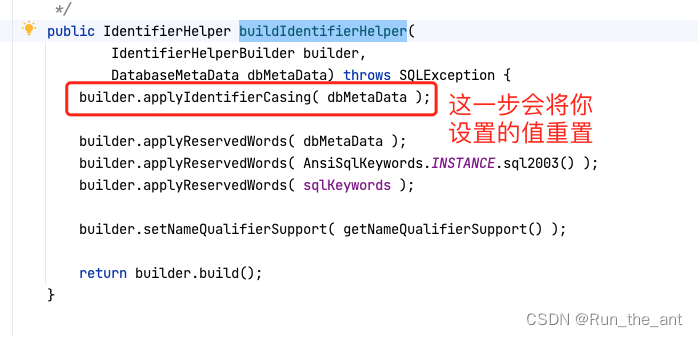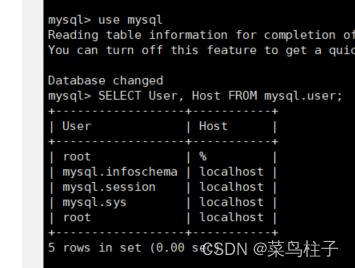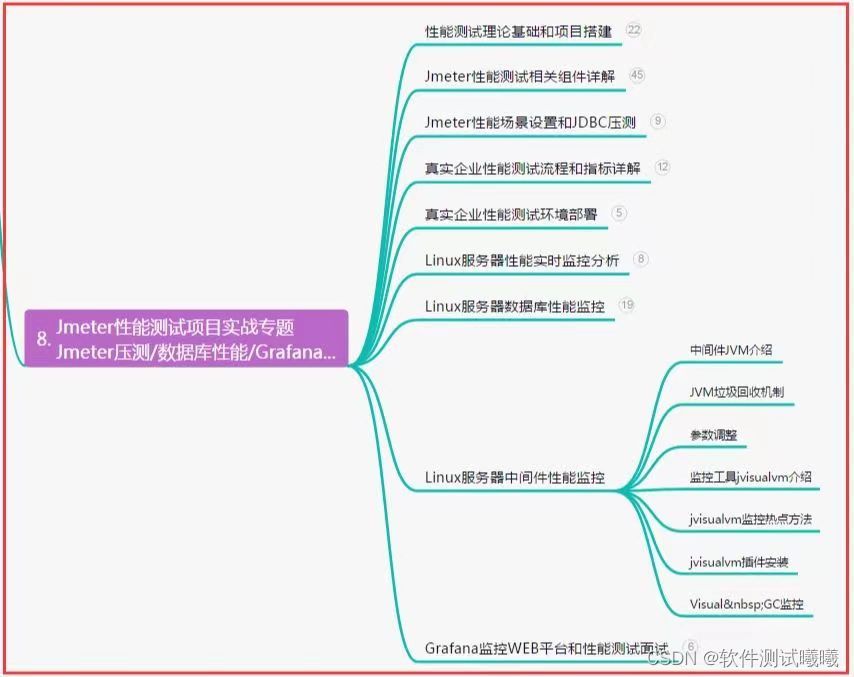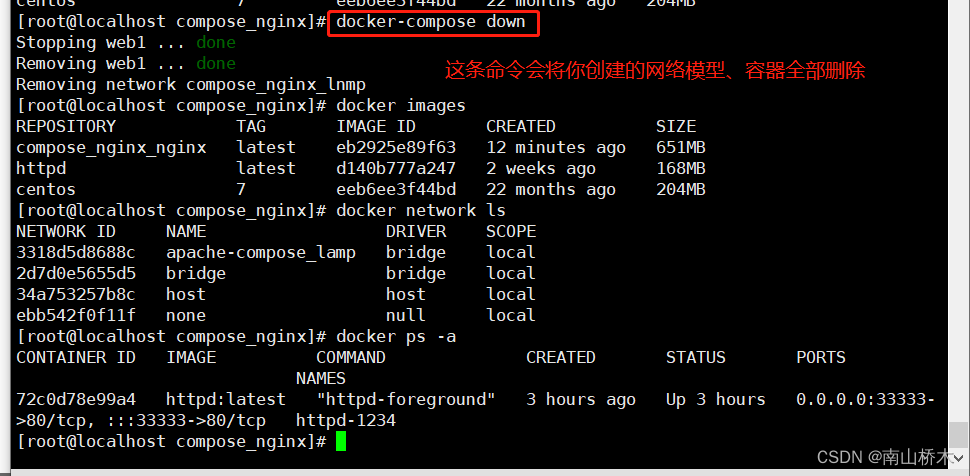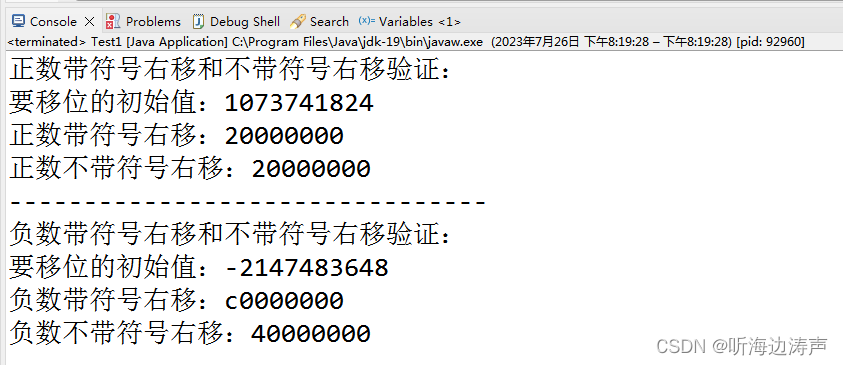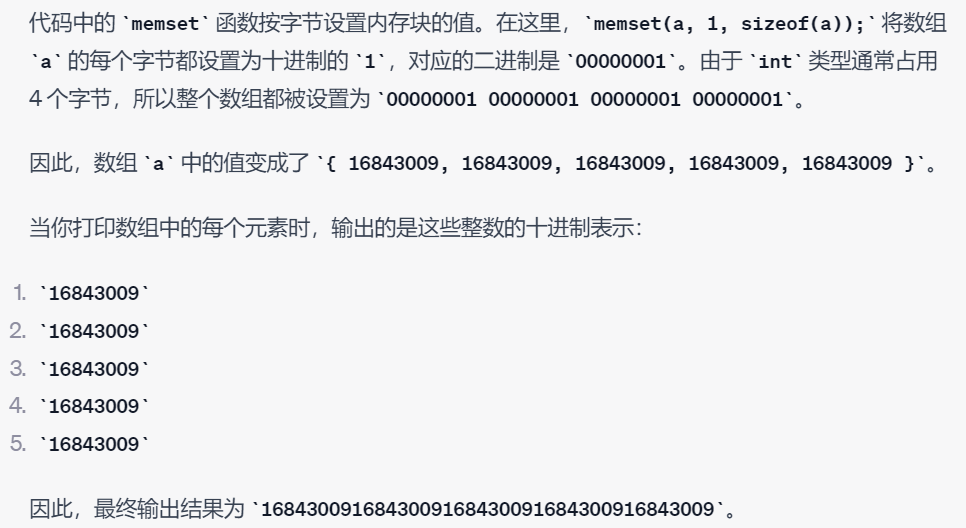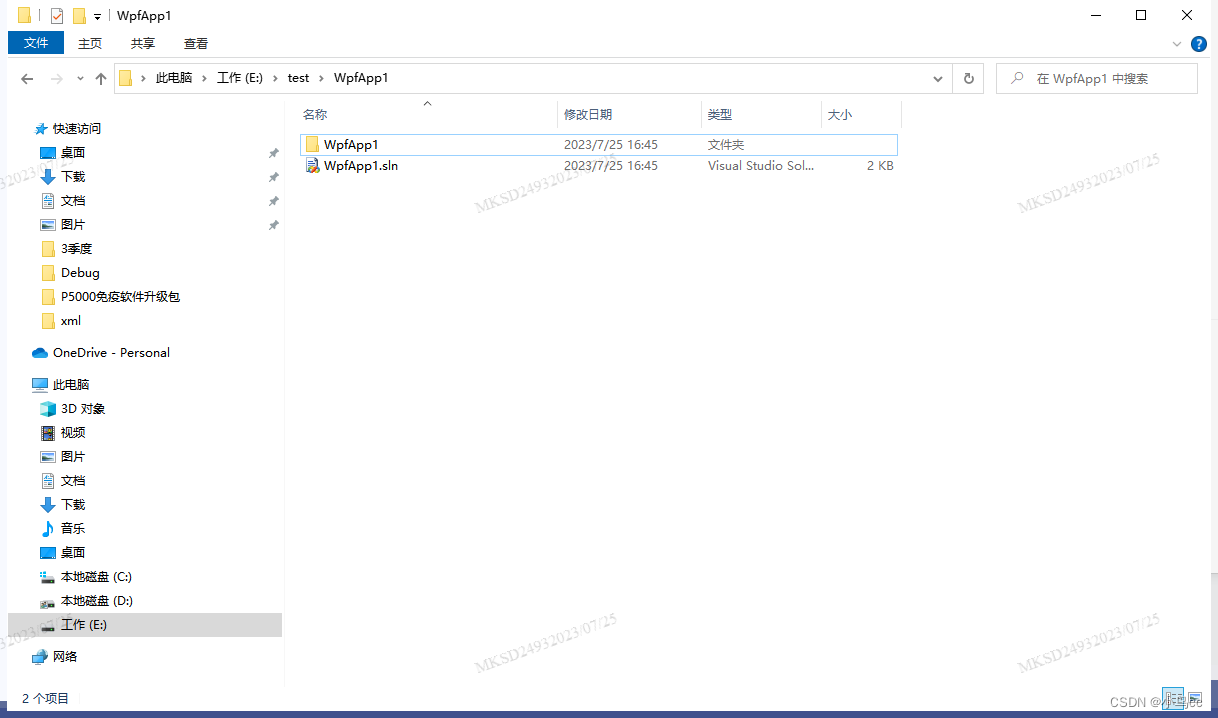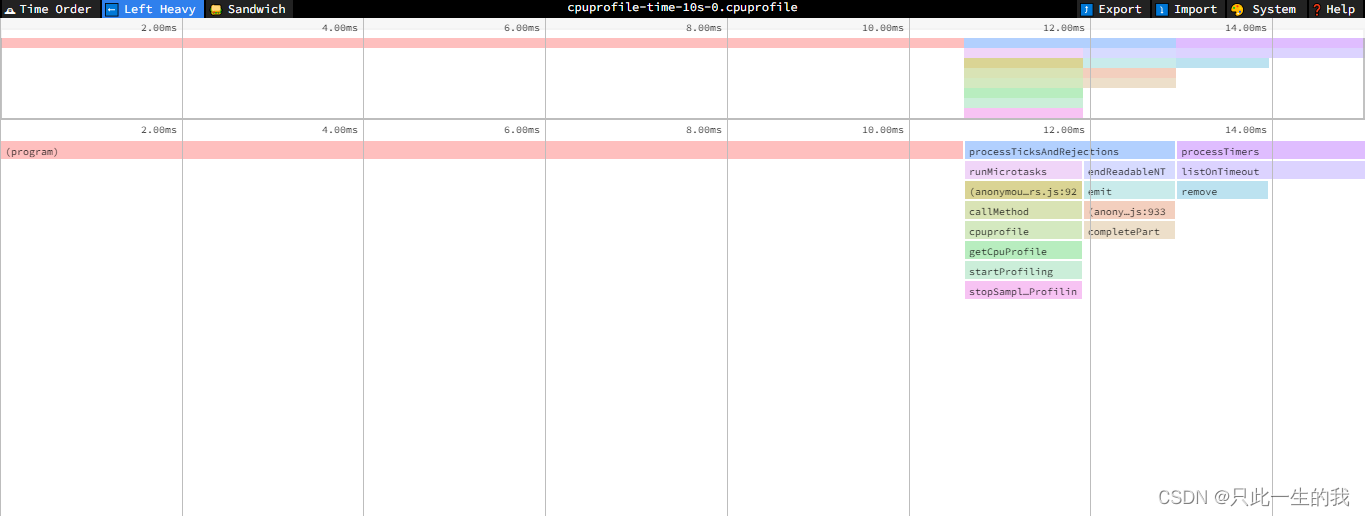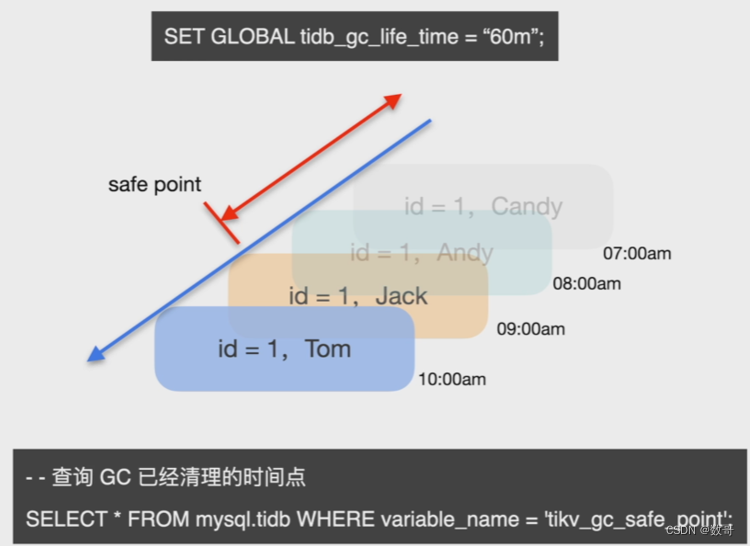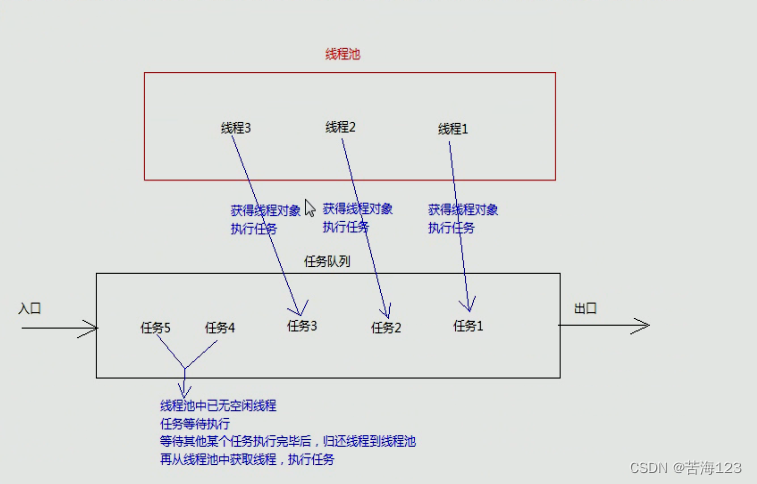前言:
- onnx是microsoft开发的一个中间格式,而onnxruntime简称ort是microsoft为onnx开发的推理引擎。
- 允许使用onnx作为输入进行直接推理得到结果。
py接口的推理过程:
main函数:
if __name__ == "__main__": session = onnxruntime.InferenceSession("workspace/yolov5s.onnx", providers=["CPUExecutionProvider"])#建立一个InferenceSession,塞进去的是onnx的路径实际运算 image = cv2.imread("workspace/car.jpg") image_input, M, IM = preprocess(image) pred = session.run(["output"], {"images": image_input})[0] boxes = post_process(pred, IM) for obj in boxes: left, top, right, bottom = map(int, obj[:4]) confidence = obj[4] label = int(obj[6]) cv2.rectangle(image, (left, top), (right, bottom), (0, 255, 0), 2) cv2.putText(image, f"{label}: {confidence:.2f}", (left, top+20), 0, 1, (0, 0, 255), 2, 16) cv2.imwrite("workspace/python-ort.jpg", image)session = onnxruntime.InferenceSession("workspace/yolov5s.onnx", providers=["CPUExecutionProvider"])建立一个InferenceSession,塞进去的是onnx的路径,实际运算的后端选用的是CPU
也可以选用cuda等等
image = cv2.imread("workspace/car.jpg") image_input, M, IM = preprocess(image)之后就是预处理
pred = session.run(["output"], {"images": image_input})[0] boxes = post_process(pred, IM)session.run就是运行的inference过程
输入第一个是output的name,决定了哪几个节点作为输出,就将这个名字传递给他
第二个是input的dict,这个意思就是如果有好多个输入,那应该是将名字与输入进行一一对应,比如"input1 ":input1 , "input2":input2....
那么在这里output就是一个输出的list,然后我们取第0项
就是这个样子。
预处理:
def preprocess(image, input_w=640, input_h=640):
scale = min(input_h / image.shape[0], input_w / image.shape[1])
ox = (-scale * image.shape[1] + input_w + scale - 1) * 0.5
oy = (-scale * image.shape[0] + input_h + scale - 1) * 0.5
M = np.array([
[scale, 0, ox],
[0, scale, oy]
], dtype=np.float32)
IM = cv2.invertAffineTransform(M)
image_prep = cv2.warpAffine(image, M, (input_w, input_h), flags=cv2.INTER_LINEAR, borderMode=cv2.BORDER_CONSTANT, borderValue=(114, 114, 114))
image_prep = (image_prep[..., ::-1] / 255.0).astype(np.float32)
image_prep = image_prep.transpose(2, 0, 1)[None]
return image_prep, M, IM
后处理:
def nms(boxes, threshold=0.5):
keep = []
remove_flags = [False] * len(boxes)
for i in range(len(boxes)):
if remove_flags[i]:
continue
ib = boxes[i]
keep.append(ib)
for j in range(len(boxes)):
if remove_flags[j]:
continue
jb = boxes[j]
# class mismatch or image_id mismatch
if ib[6] != jb[6] or ib[5] != jb[5]:
continue
cleft, ctop = max(ib[:2], jb[:2])
#例子:
#将 ib 的前两个元素 [2, 3] 与 jb 的前两个元素 [4, 1] 进行比较,并取其中较大的值。所以结果是 [4, 3]。
cright, cbottom = min(ib[2:4], jb[2:4])
cross = max(0, cright - cleft) * max(0, cbottom - ctop)
union = max(0, ib[2] - ib[0]) * max(0, ib[3] - ib[1]) + max(0, jb[2] - jb[0]) * max(0, jb[3] - jb[1]) - cross
iou = cross / union
if iou >= threshold:
remove_flags[j] = True
return keep
def post_process(pred, IM, threshold=0.25):
# b, n, 85
boxes = []
for image_id, box_id in zip(*np.where(pred[..., 4] >= threshold)):
item = pred[image_id, box_id]
cx, cy, w, h, objness = item[:5]
label = item[5:].argmax()
confidence = item[5 + label] * objness
if confidence < threshold:
continue
boxes.append([cx - w * 0.5, cy - h * 0.5, cx + w * 0.5, cy + h * 0.5, confidence, image_id, label])
boxes = np.array(boxes)
lr = boxes[:, [0, 2]]
tb = boxes[:, [1, 3]]
boxes[:, [0, 2]] = lr * IM[0, 0] + IM[0, 2]
boxes[:, [1, 3]] = tb * IM[1, 1] + IM[1, 2]
# left, top, right, bottom, confidence, image_id, label
boxes = sorted(boxes.tolist(), key=lambda x:x[4], reverse=True)
return nms(boxes)我们可以发现,真正的onnxruntime只有两行,一个onnxruntime.InferenceSession,一个run就结束了。其余的都是和之前一样的,这是非常好用便捷的,所以如果有模型需要作测试,是非常推荐用onnxruntime的
CPP接口推理过程:
Inference:
在main函数中只有一个inference
int main(){ inference(); return 0; }所以我们直接来到inference的解读中
auto engine_data = load_file("yolov5s.onnx"); //读onnx文件 Ort::Env env(ORT_LOGGING_LEVEL_INFO, "onnx"); //设置打印的日志级别 Ort::SessionOptions session_options; //定义sessionoptions 类似于python中的 session = onnxruntime.InferenceSession("workspace/yolov5s.onnx", providers=["CPUExecutionProvider"]) auto mem = Ort::MemoryInfo::CreateCpu(OrtArenaAllocator, OrtMemTypeDefault); //设置MemoryInfo session_options.SetIntraOpNumThreads(1); session_options.SetGraphOptimizationLevel(GraphOptimizationLevel::ORT_ENABLE_EXTENDED); //启动一些扩展Ort::Session session(env, "yolov5s.onnx", session_options); //创建session,将选项传进去 auto output_dims = session.GetOutputTypeInfo(0).GetTensorTypeAndShapeInfo().GetShape(); //获取output的shape const char *input_names[] = {"images"}, *output_names[] = {"output"};int input_batch = 1; int input_channel = 3; int input_height = 640; int input_width = 640; int64_t input_shape[] = {input_batch, input_channel, input_height, input_width}; int input_numel = input_batch * input_channel * input_height * input_width; float* input_data_host = new float[input_numel]; auto input_tensor = Ort::Value::CreateTensor(mem, input_data_host, input_numel, input_shape, 4); //创建一个Tensor,引用input_data_host中的数据
预处理:
///
// letter box
auto image = cv::imread("car.jpg");
float scale_x = input_width / (float)image.cols;
float scale_y = input_height / (float)image.rows;
float scale = std::min(scale_x, scale_y);
float i2d[6], d2i[6];
i2d[0] = scale; i2d[1] = 0; i2d[2] = (-scale * image.cols + input_width + scale - 1) * 0.5;
i2d[3] = 0; i2d[4] = scale; i2d[5] = (-scale * image.rows + input_height + scale - 1) * 0.5;
cv::Mat m2x3_i2d(2, 3, CV_32F, i2d);
cv::Mat m2x3_d2i(2, 3, CV_32F, d2i);
cv::invertAffineTransform(m2x3_i2d, m2x3_d2i);
cv::Mat input_image(input_height, input_width, CV_8UC3);
cv::warpAffine(image, input_image, m2x3_i2d, input_image.size(), cv::INTER_LINEAR, cv::BORDER_CONSTANT, cv::Scalar::all(114));
cv::imwrite("input-image.jpg", input_image);
int image_area = input_image.cols * input_image.rows;
unsigned char* pimage = input_image.data;
float* phost_b = input_data_host + image_area * 0;
float* phost_g = input_data_host + image_area * 1;
float* phost_r = input_data_host + image_area * 2;
for(int i = 0; i < image_area; ++i, pimage += 3){
// 注意这里的顺序rgb调换了
*phost_r++ = pimage[0] / 255.0f;
*phost_g++ = pimage[1] / 255.0f;
*phost_b++ = pimage[2] / 255.0f;
}
///
制作输出矩阵并运行:
// 3x3输入,对应3x3输出
int output_numbox = output_dims[1];
int output_numprob = output_dims[2];
int num_classes = output_numprob - 5;
int output_numel = input_batch * output_numbox * output_numprob;
float* output_data_host = new float[output_numel];
int64_t output_shape[] = {input_batch, output_numbox, output_numprob};
auto output_tensor = Ort::Value::CreateTensor(mem, output_data_host, output_numel, output_shape, 3);
Ort::RunOptions options;
session.Run(options,
(const char* const*)input_names, &input_tensor, 1,
(const char* const*)output_names, &output_tensor, 1
);
//指定输入输出的name,tensor和个数,传入tensor进行推理后处理:
// decode box
vector<vector<float>> bboxes;
float confidence_threshold = 0.25;
float nms_threshold = 0.5;
for(int i = 0; i < output_numbox; ++i){
float* ptr = output_data_host + i * output_numprob;
float objness = ptr[4];
if(objness < confidence_threshold)
continue;
float* pclass = ptr + 5;
int label = std::max_element(pclass, pclass + num_classes) - pclass;
float prob = pclass[label];
float confidence = prob * objness;
if(confidence < confidence_threshold)
continue;
float cx = ptr[0];
float cy = ptr[1];
float width = ptr[2];
float height = ptr[3];
float left = cx - width * 0.5;
float top = cy - height * 0.5;
float right = cx + width * 0.5;
float bottom = cy + height * 0.5;
float image_base_left = d2i[0] * left + d2i[2];
float image_base_right = d2i[0] * right + d2i[2];
float image_base_top = d2i[0] * top + d2i[5];
float image_base_bottom = d2i[0] * bottom + d2i[5];
bboxes.push_back({image_base_left, image_base_top, image_base_right, image_base_bottom, (float)label, confidence});
}
printf("decoded bboxes.size = %d\n", bboxes.size());
// nms
std::sort(bboxes.begin(), bboxes.end(), [](vector<float>& a, vector<float>& b){return a[5] > b[5];});
std::vector<bool> remove_flags(bboxes.size());
std::vector<vector<float>> box_result;
box_result.reserve(bboxes.size());
auto iou = [](const vector<float>& a, const vector<float>& b){
float cross_left = std::max(a[0], b[0]);
float cross_top = std::max(a[1], b[1]);
float cross_right = std::min(a[2], b[2]);
float cross_bottom = std::min(a[3], b[3]);
float cross_area = std::max(0.0f, cross_right - cross_left) * std::max(0.0f, cross_bottom - cross_top);
float union_area = std::max(0.0f, a[2] - a[0]) * std::max(0.0f, a[3] - a[1])
+ std::max(0.0f, b[2] - b[0]) * std::max(0.0f, b[3] - b[1]) - cross_area;
if(cross_area == 0 || union_area == 0) return 0.0f;
return cross_area / union_area;
};
for(int i = 0; i < bboxes.size(); ++i){
if(remove_flags[i]) continue;
auto& ibox = bboxes[i];
box_result.emplace_back(ibox);
for(int j = i + 1; j < bboxes.size(); ++j){
if(remove_flags[j]) continue;
auto& jbox = bboxes[j];
if(ibox[4] == jbox[4]){
// class matched
if(iou(ibox, jbox) >= nms_threshold)
remove_flags[j] = true;
}
}
}
printf("box_result.size = %d\n", box_result.size());
for(int i = 0; i < box_result.size(); ++i){
auto& ibox = box_result[i];
float left = ibox[0];
float top = ibox[1];
float right = ibox[2];
float bottom = ibox[3];
int class_label = ibox[4];
float confidence = ibox[5];
cv::Scalar color;
tie(color[0], color[1], color[2]) = random_color(class_label);
cv::rectangle(image, cv::Point(left, top), cv::Point(right, bottom), color, 3);
auto name = cocolabels[class_label];
auto caption = cv::format("%s %.2f", name, confidence);
int text_width = cv::getTextSize(caption, 0, 1, 2, nullptr).width + 10;
cv::rectangle(image, cv::Point(left-3, top-33), cv::Point(left + text_width, top), color, -1);
cv::putText(image, caption, cv::Point(left, top-5), 0, 1, cv::Scalar::all(0), 2, 16);
}
cv::imwrite("image-draw.jpg", image);
delete[] input_data_host;
delete[] output_data_host;
}小结:
可以看到,这个与我们之前yolov5后处理没什么太大的区别,关键只在于对于output_tensor和output作关联,input_tensor和input作关联。


